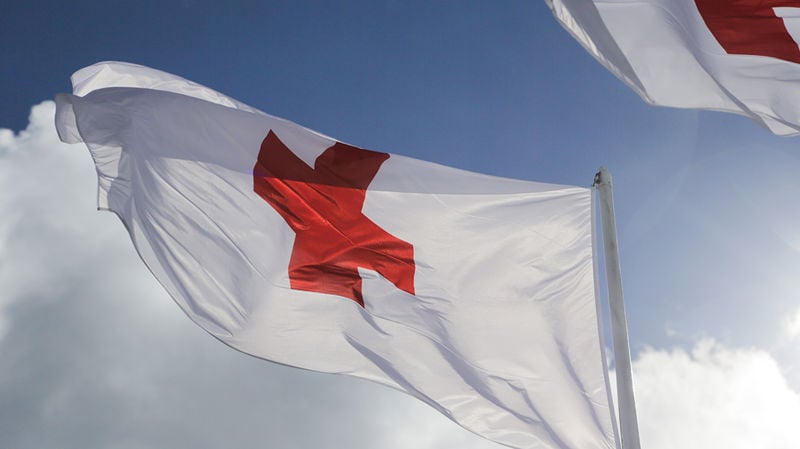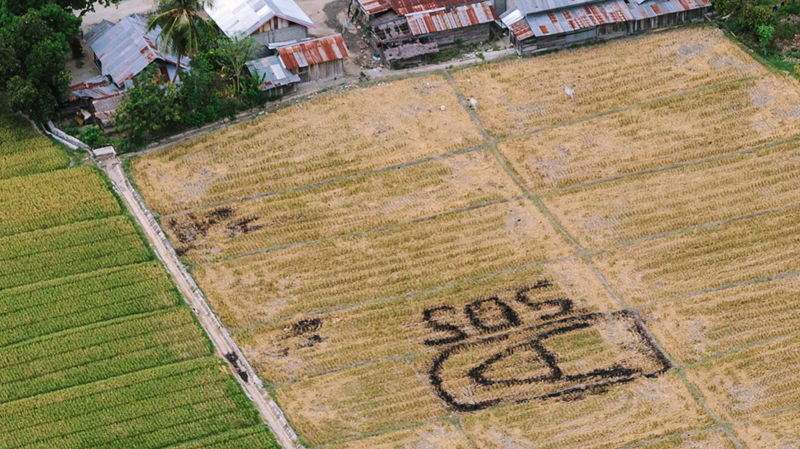Environmental responsibility and climate sustainability

The Finnish Red Cross promotes sustainable development and climate protection throughout its operations.
Climate change is one of the greatest global challenges of our time, and at the same time a major humanitarian crisis. Its effects are visible throughout the world.
Climate change has increased extreme weather phenomena, such as heavy rainfall, floods and storms, exceptional heat waves, drought and forest fires.
Climate change affects things such as health, food production, agriculture, ecosystems and the pursuit of livelihoods in many ways.
It makes it difficult for people who are already in the weakest position to survive and forces people to migrate. Considerable resources are required to mitigate climate change, to respond to its consequences and to remedy the damage.
As a major global humanitarian actor, the International Red Cross and Red Crescent Movement will respond to the impacts of climate change and growing humanitarian needs and strive to curb climate change by changing its own activities.
Read the Finnish Red Cross climate sustainability policy (pdf)
Environmental responsibility
Our aim is to be carbon neutral by 2030.
Our environmental work is carried out through an environmental programme based on the WWF Finland Green Office environmental management system. We joined the programme in 2018. We self-evaluate our environmental work annually.
We also systematically implement a development programme aiming to minimise the environmental impact of our operations and coach our staff to be environmentally conscious on a personal level in their day to day work.
In the Green Office work of our headquarters, we have set three indicators to be monitored and reported to the WWF. These goals are to decrease our waste, electrical consumption and paper consumption. The indicators were selected based on transparency, opportunity to have an impact and effectiveness.
As of the end of May 2023, these Red Cross entities have been awarded the Green Office label:
- Finnish Red Cross headquarters
- Blood Service
- Helsinki and Uusimaa district, district office
- Southeast Finland district, district office
- Lapland district, district office
- Oulu district, district office
- Savo-Karelia district, district office
- Åboland district, district office
- Southwest Finland district, district office
- Youth Shelters
- Punainen Risti Ensiapu
In addition to this, we will start calculating the carbon footprint of our entire organisation in 2023, starting with the headquarters and international aid operations and expanding to the districts, institutions and branches during 2024–2026.
In this process, we will identify the biggest emitters, make plans to reduce them and work actively to reduce emissions.
The Red Cross also promotes the Sustainable Development Goals of the United Nations in Finland and around the world.
Get to know the Sustainable Development Goals

Ethical and responsible Red Cross
